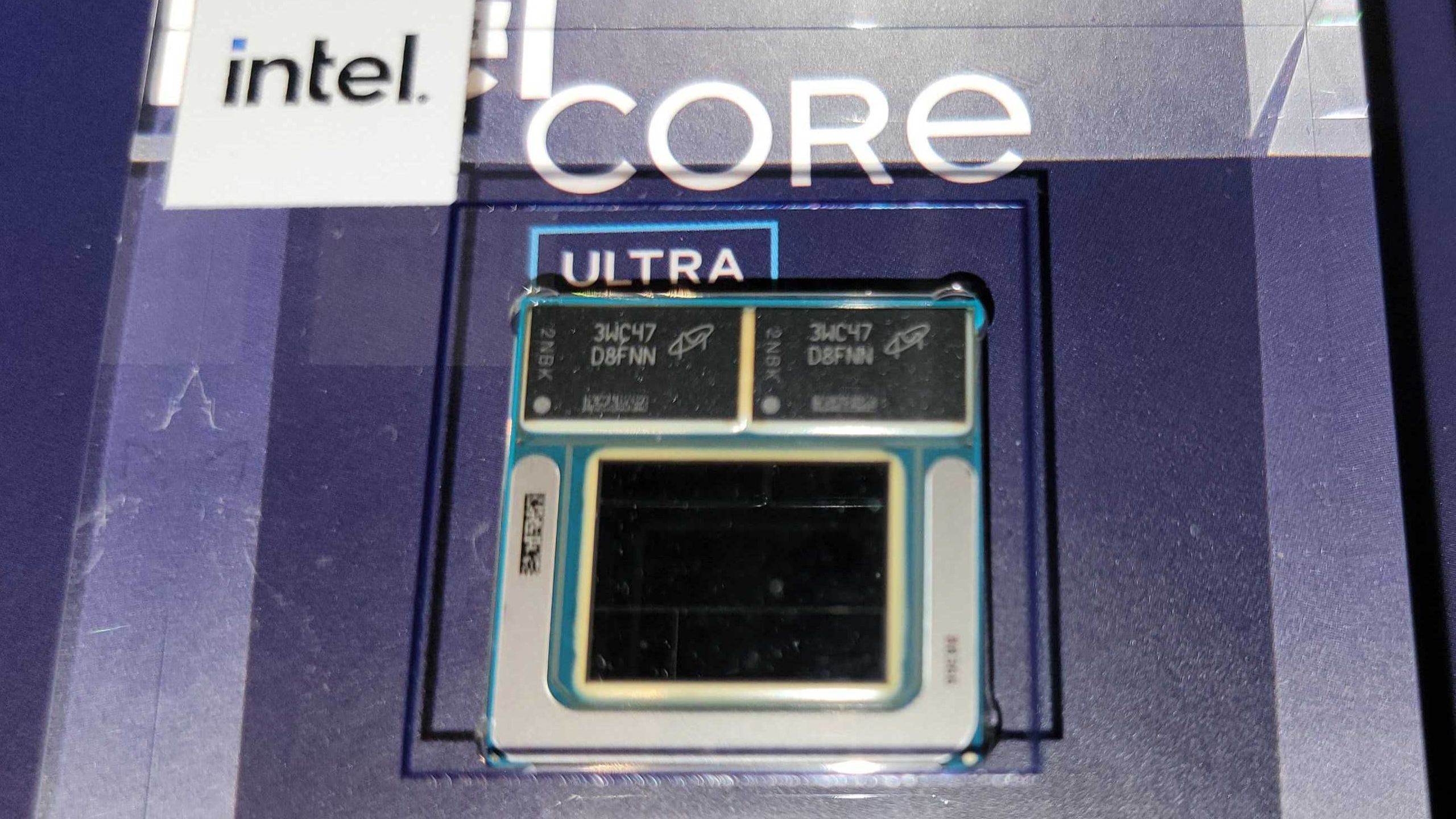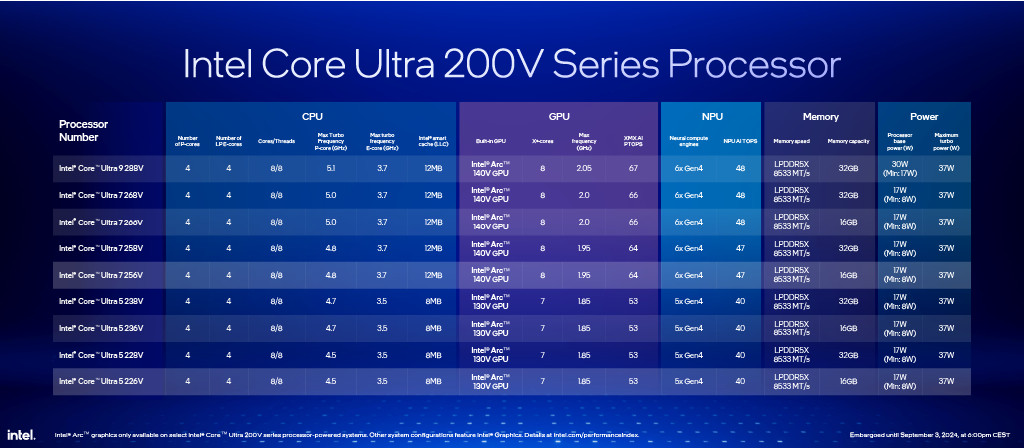exoticspice1
Site Champ
- Joined
- Jul 19, 2022
- Posts
- 422
“Lol, the recent events make me more convinced than ever that Eric Quinnell knows what he is talking about and uop caches are going the way of Hyperthreading.
Think about it. We had to back off from pipeline stages because adding stages is a guaranteed loss, while prediction is not.
Netburst architectures demonstrated that additional stages cost way more transistors than initially anticipated.
Since the process technologies keep getting better and better still, the idea is to cut the stages again:
-Which improves performance just by itself
-Simplifies design, thus less area and power use, thus more efficient
-Which allows for higher performance by using it elsewhere
Apple has the shortest pipeline at 9. It's that simple.”
Quote from Annadtrch forums.
Is that true @Cmaier ? He says Apple advantage in IPC is because Apple has the shortest pipeline. Where Intel’s skymont has 14 pipelines
Think about it. We had to back off from pipeline stages because adding stages is a guaranteed loss, while prediction is not.
Netburst architectures demonstrated that additional stages cost way more transistors than initially anticipated.
Since the process technologies keep getting better and better still, the idea is to cut the stages again:
-Which improves performance just by itself
-Simplifies design, thus less area and power use, thus more efficient
-Which allows for higher performance by using it elsewhere
Apple has the shortest pipeline at 9. It's that simple.”
Quote from Annadtrch forums.
Is that true @Cmaier ? He says Apple advantage in IPC is because Apple has the shortest pipeline. Where Intel’s skymont has 14 pipelines


